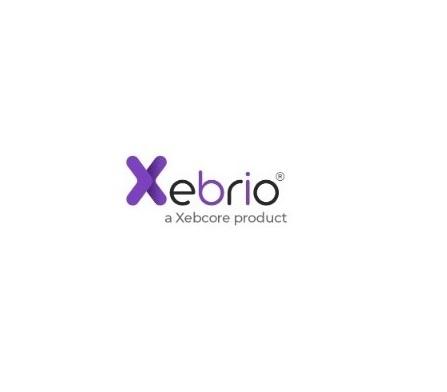Raising the bar for requirement clarity can significantly impact the success of software development endeavors. It has the potential to avert project failure, find hidden errors early on, and cut down on misunderstandings. Creating and managing clear and expressive requirements in modern, agile businesses is often time-consuming and stressful. These challenges are precisely why state-of-the-art requirements definition and management (RDM) systems were developed.
Has Paperwork been Created Mechanically?
A requirements workbench can use the information in the requirement management software to generate requirements documents automatically. Consequently, less time will be spent on routine activities like creating and updating a requirements document, and more time will be available to analyze and better the requirements themselves. Easy document retrieval is provided for you.
It Is Simple To Make Simulations.
You can turn that requirements model into a fully interactive simulation if you have a modern requirements platform. Reviewing with a simulation is much more efficient and even fun. The model's textual requirements, use cases, visualizations, and data should all be incorporated into a single "vision" of the future application and then used in simulations.
In addition, simulations can spark discussions and feedback that should be captured and organized so that nothing is forgotten and everyone has easy access to it. A state-of-the-art requirements workbench will keep track of this unstructured feedback during the simulation and make it available across the system, ensuring that all stakeholders are informed and the authors can use it to make adjustments.
Tests Generated Mechanically
A requirements workbench will use the model's requirements to generate tests automatically. Having access to this feature is invaluable for QA analysts working on software development projects. These tests simulate a wide variety of interactions with the model and show, at each stage, the appropriate screens, data, and externally cited materials. Furthermore, it is important that each generated test can be linked back to the requirement(s) it validates.
Connect To The Software You Use To Build And Test.
Requirements are "consumed" and used as a foundation for development and testing. Therefore, they must have easy access to the necessary specifications. Current requirements software can be easily integrated with widely used UML design and QA testing toolsets, allowing for the automatic delivery of high-quality and expressive requirements content right where needed.
Adapt To Ever-Evolving Needs With Minimal Effort
When requirements are more open-ended, most adjustments are made early in the project when they cost the least. Requirements management tool is available in today's requirements workbench that can be used to handle transitions effectively. As was mentioned before, quality requirements management software facilitates the ability to track the history of all requirement artifacts, makes it simple to establish connections between them, and provides access to that history in real-time. For even more in-depth research, it also offers sophisticated views into traceability. Traceability is crucial when analyzing the effects of requirements changes on a project.
